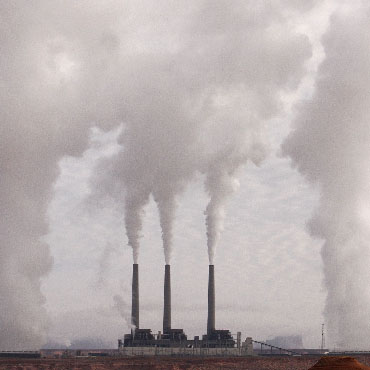Climate change
Climate change has become a major concern for all sectors of life including social and industrial. Various sectors of the economy now have to consider their carbon footprint and how their methods are contributing to climate change. Manufacturing is a resource-intensive process that also releases massive amounts of gas emissions as by-products. So What Are Manufacturing Companies Doing to Combat Climate Change?
Manufacturing industries play a pivotal role in the fight against climate change. With their significant contribution to greenhouse gas emissions, companies are adopting innovative strategies to reduce their environmental impact while staying competitive.
Cutting Energy Use and Emissions
Energy efficiency is a top priority. Manufacturers are upgrading to high-efficiency machinery, LED lighting, and modern HVAC systems to lower energy consumption. Many are also transitioning to renewable sources like solar and hydropower, while decentralized power generation helps ease the strain on regional grids.
Cleaner Production Technologies
Innovation in production processes is driving meaningful change. Some companies are replacing coal with hydrogen in blast furnaces, reducing CO₂ emissions and cutting production costs by up to 20%. Others are shifting to direct reduction processes to create cleaner alternatives like sponge iron, achieving up to 30% savings and a smaller carbon footprint.
Sustainable Supply Chains
Sustainability doesn’t stop at the factory floor. Companies are working closely with suppliers to measure and reduce emissions across their supply chains. Collaborative efforts with suppliers, regulators, and innovators streamline operations and maximize environmental benefits.
Transparency and Accountability
Clear reporting builds trust. Many manufacturers follow standards like the GHG Protocol Corporate Accounting and Reporting Standard, auditing and sharing their emissions data openly. This transparency ensures stakeholders can track progress and hold companies accountable for their environmental commitments.
The Road Ahead
Through energy-efficient upgrades, cleaner technologies, sustainable supply chains, and transparent reporting, manufacturing companies are taking concrete steps toward climate responsibility. Ongoing innovation and collaboration will be key to achieving long-term sustainability and shaping a greener future.
-
Transparency
-
Audit and report
GHG Protocol Corporate Accounting and Reporting Standard to follow
-
Information
reliably compare carbon emissions and the impact of sustainable measures taken

-
Corporate Social Responsibility
Corporate Governance guidelines, providing the information to the public and the company's stakeholders such as shareholders.
-
-
Reduce CO2 Emissions
-
Using hydrogen
Reduction of CO2 emission by using hydrogen as a reducing agent instead of coal in the blast furnace process. Apart from reducing CO2 emissions, the change has the potential to save users up to 20% in production costs.

-
Blast furnace to direct reduction
Another method used to reduce CO2 emissions is the conversion of the blast furnace to direct reduction. This process produces sponge iron which can be processed into crude steel and saves the company between 20 and 30% in production costs.
-
-
Streamline Supply Chain
-
Contribution of suppliers
Include the contribution of suppliers in calculation and reduction of the carbon footprint and streamline their activities to be energy efficient and minimize the emission of greenhouse gases to the atmosphere.

-
Social and regulatory changes
This process will however need to be multifaceted and involves the cooperation of: Manufacturers, Suppliers, Government agencies, Regulators, Innovators.
-
